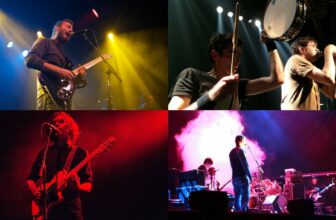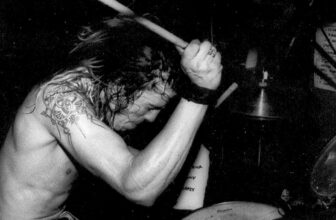House vs Techno vs Trance Music – What are the Differences?
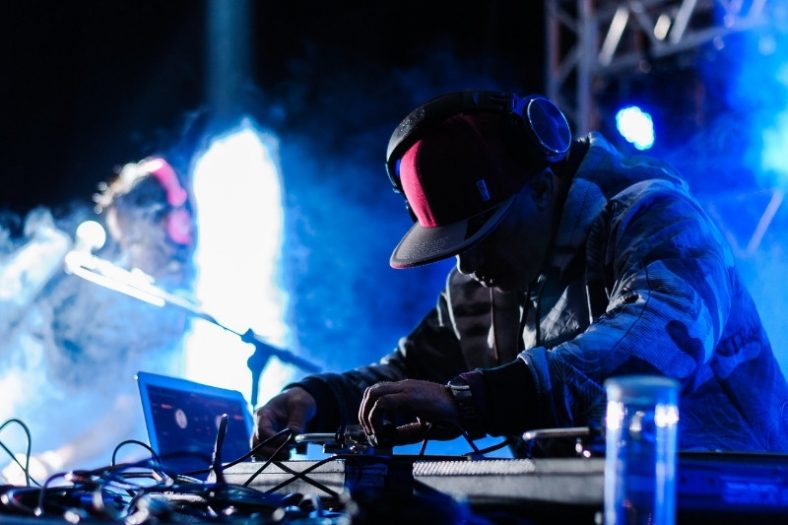
House music is a type of electronic dance music with melodic and upbeat sounds ranging between 120 and 130 BPM. Techno is often faster and ‘colder’, with more focus on rhythmic sounds, ranging from 120 and 150 BPM. Trance music has atmospheric or psychedelic sound ranging between 125 and 150 BPM.
House, Techno, and Trance music are often mistaken or confused with each other. Here are some broad comparisons between them:
- House music is relatively slower, more melodic, and upbeat, with its roots in disco.
- Techno is faster, ‘colder’ and ‘machine-like’, with a focus on rhythm and futuristic sounds.
- Trance, an offshoot of European techno, features repetitive motifs and catchy melodies with a psychedelic edge.
Of course, all of these genres contain many different sub-genres that have different signature sounds and characteristics. Therefore, we are making some broad generalizations about the genres as a whole here!
What is House Music?
House music is a form of dance music that originated in the underground clubs of Chicago in the 1980s. The genre came up as DJs experimented with mixing and altering older disco and soul records to give them deeper basslines and more mechanical, pulsating rhythms.
Structure and Elements of House Music
House music typically features repetitive ‘four-on-the-floor’ rhythms, with the kick drum hitting on every beat of the 4 count bar, with snares, claps, or snaps on the 2 and 4.
4/4 rhythms with the kick on 1 and 3 and snare on 2 and 4 are also common. The tempo ranges from around 120 to 130 bpm.
Deep basslines are a central part of the sound, often being looped in cycles with saturated, edgy drums. Percussion and bass sounds are mostly produced with drum machines and synths like the Roland TR-808 and TB-303 respectively, rather than have real musicians perform them on actual drum kits other instruments.
Structurally, house tracks generally consist of an intro, verses, a midsection (bridge or middle eight) choruses, and an outro. Typical electronic music elements like breakdowns (where most of the elements go away with only soft melodies or percussion remaining to create contrast) and drops (when all the elements return with full force to break the tension) are commonly employed.
Sections of house tracks are often in groups of 8 bars which are looped. A lot of house tracks feature vocals, although some might just include short repeated phrases or even eschew vocals completely.
Having its roots in disco and soul music, classic house music often features samples from disco songs, with an uplifting, warm sound featuring pianos, strings, and other organic samples.
House Music Themes
House music originally was conceived as music for celebrating life and togetherness. The themes and soundscapes were uplifting and dealt with letting go of troubles and embracing one’s true self.
House music revolves around creating a world through deep emotions with stories that bring people and communities together. Often times you will hear the phrase “release yourself” meaning to completely let go of negative influences and just dance and have fun.
The house music dance scene was one of the most integrated and progressive spaces in the 1980s.
Subgenres of House Music
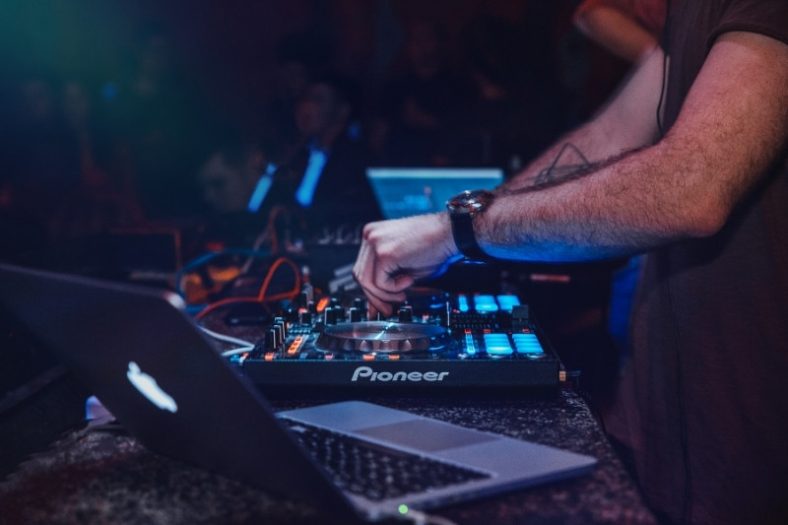
Since its inception, house music has remained popular both in clubs and on the music charts and has spawned several subgenres.
Some popular subgenres are acid house, deep house, tropical house, progressive house, and more.
Famous House Producers and Songs
Frankie Knuckles, a Chicago DJ at a club called the Warehouse, is known as the Godfather of House. He pioneered mixing disco records together, adding drum machines and deeper basslines to make what came to be known as House music.
Ron Hardy was another influential figure who contributed to Chicago becoming the hotspot for House music. In the modern era, artists such as Daft Punk, Swedish House Mafia, Avicii, Hardwell, Afrojack have gained commercial success with their flavors of house music.
Some famous house tracks across the decades are:
- Marshall Jefferson – Move Your Body (The House Music Anthem) (1986)
- Frankie Knuckles & Jamie Principle – Your Love (1994)
- Daft Punk – One More Time (2001)
What is Techno Music?
While Chicago takes the credit for birthing House music, Techno came up in the clubs of Detroit. Though the term ‘techno’ was first used to describe the electronic music of the time in Germany, it came to be associated with the Detroit electronic sound following the music’s popularity in Europe.
In contrast to House music, Techno is a faster, more mechanical, and futuristic sound, deliberately rejecting Motown and soul influences in favor of unconventional structures and timbres.
Structure and Elements of Techno
Techno music employs faster tempos ranging from 120 to 150 bpm, with a ‘four-on-the-floor’ rhythm emphasizing the kick on every beat.
The role of snares and/or claps is less important than in House music, with electronic hi-hats or similar sounds providing the movement for the pulsating music.
Techno most often does not contain vocals. If present, vocals are often chopped, warped, or made to sound robotic or otherwise morphed. Earlier techno heavily used the Roland TR-808 for drum patterns.
Later on, the TR-909 rapidly grew in popularity because of its enhanced abilities and futuristic sound.
Unlike House music which features samples from older disco or fun records, Techno aims to create a colder, more mechanical, and ‘dystopian’ sound, shifting the focus away from melody or hooks to rhythm and timbral atmospheres.
The music of acts like Germany’s Kraftwerk and Japan’s Yellow Magic Orchestra were significant influences.
The music tries to invoke sci-fi and futuristic themes.
Techno often rejects conventional song structures, opting instead to build an unusual soundscape using techniques such as frequency filtering, dynamic processing, etc., building layers or overdubs over a looping sequence. Since techno is often tailored to continuous live DJ sets, there can be an improvisatory approach to making techno music.
Even in modern techno, retro electronic instruments are highly prized, and their software emulations are popular. Roland’s TR-808 and TR-909 have achieved legendary status, and other machines like Yamaha DX7 and DX100 are also highly sought.
Themes of Techno
The pioneers of Detroit Techno, Juan Atkins, Kevin Saunderson, and Derrick May, referred to as ‘The Belleville Three’ have discussed their influence from European acts like Kraftwerk or Giorgio Moroder as a form of escapist fantasy from their reality.
The futuristic, clean, and precise sound of European electronic music was a contrast to their industrial hometown of Detroit. Derrick May stated, “it (European electronic music) was just classy and clean, and to us, it was beautiful, like outer space. Living around Detroit, there was so little beauty… everything is an ugly mess in Detroit, and so we were attracted to this music. It, like, ignited our imagination!”
Early techno artists often employed science fiction imagery to articulate their vision of a transformed society. The increased affordability of electronic music equipment also inspired artists to make music by themselves without depending on a major label.
Subgenres of Techno
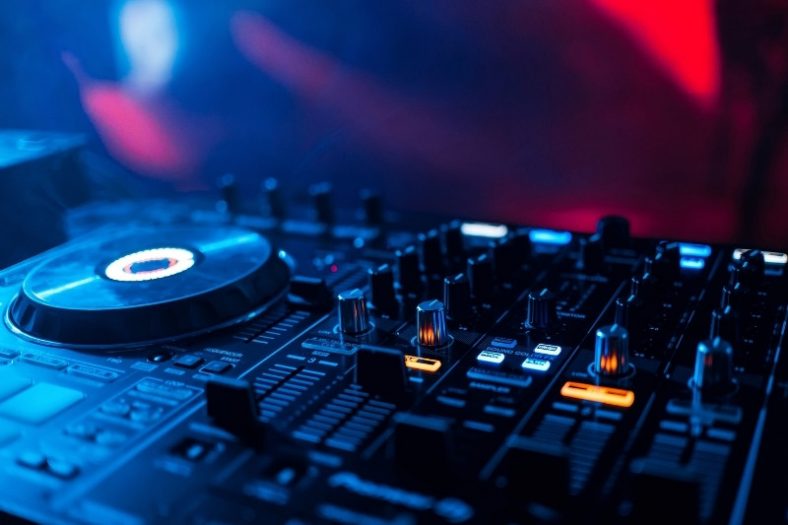
Subgenres and offshoots of Techno include acid techno, minimal techno, industrial techno, hardcore techno, ambient techno, dub techno, and more.
Today’s techno music can be found in between genres that helped create it and genres that evolved from it.
Famous Techno Producers and Songs
Juan Atkins of the aforementioned ‘Belleville Three’ is often referred to as The Originator with regards to his influence in establishing techno as a genre in its own right. Other notable pioneers include Eddie Fowlkes, Blake Baxter, and James Pennington. Modern techno artists include Carl Cox, Nina Kraviz, and Adam Beyer.
Techno in the ‘pure’ sense has received less mainstream popularity than other electronic music genres like house or trance, partly because of the scene’s own reluctance to appease commercial standards. Regardless, some songs have received significant attention and have become underground classics. Examples include:
- Juan – Techno Music (1988)
- Rhythim Is Rhythim – It Is What It Is (1988)
- Cybotron – Clear (1990)
What is Trance Music?
Trance music is an electronic music subgenre derived from the British new-age music scene and German Techno music. It is characterized by repetitive hooks and a strong focus on buildups and subsequent ‘drops’.
The music is associated with psychedelic music cultures and the rave scenes, where the listener goes into an ecstatic and hypnotic ‘trance’.
It can be said to draw from both House and Techno music, embracing fast pulsating rhythms but with a far more melodic and commercial approach with an emphasis on varying dynamics.
Structure and elements
Similar to House and Techno, Trance music employs a repetitive 4/4 rhythm using electronic drum machines, synths, and sample loops. It tends to adopt tempos around 135-150 bpm. There is a focus on having short, catchy motifs, which could be a vocal phrase or a synth riff, etc. which repeats throughout the song.
A big part of trance music is the concept of buildups leading to euphoric drops or releases. Trance songs typically incorporate a soft middle section where the percussion drops out, leaving only the melodic and atmospheric elements.
Elements are then gradually reintroduced, with a snare roll that keeps multiplying in volume and frequency every cycle (of 4 or 8 bars) leading to a big drop where all the elements are reintroduced with a bang. Songs usually include one or two of these buildups and drops, where one can be longer and more detailed than the other.
Arpeggios, risers, and spliced samples are part of the vocabulary of Trance music. Morphed and simplified versions of the main motif may be used throughout the song to establish the hook in the listeners’ minds and excite them for the main drop.
Trance music is largely instrumental, and large melodies often take the place of the vocals. Though some more commercially oriented subgenres like progressive trance do feature conventionally sung vocals too.
Trance Music Themes
Trance music is most often associated with raves and dance parties, drawing from psychedelic themes.
It draws from its new age music roots, aiming to imbue its listeners with a heightened, hypnotic trance-like state.
Subgenres like ‘Anthem Trance’ or ‘Epic Trance’ seek to invoke larger-than-life feelings of celebration and euphoria and often feature classical tinged symphonic parts and soaring melodies.
The modern hippie culture and psychedelia are often associated with trance music, with some tourist destinations becoming trance hotspots.
Several popular electronic music festivals like Sunburn, Full Moon Festival, Tomorrowland, etc. feature Trance music with international lineups of DJs and producers.
Subgenres
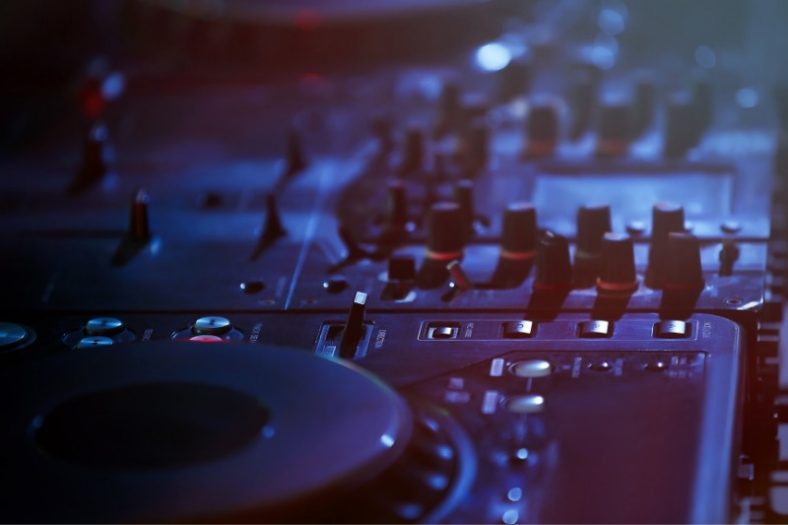
Several subgenres of Trance music have popped up over the years, like Acid Trance, Hard Trance, Epic Trance, Uplifting Trance, etc.
Some subgenres like Tech Trance or Vocal Trance feature mixtures of Trance with genres like techno and pop respectively. Regionally developed subgenres like Goa Trance also exist.
Famous Trance Producers and Songs
Early trance pioneers include the German duo Dance 2 Trance and KLF. Paul van Dyk is credited as being very influential to the development and popularization of Trance, especially subgenres like progressive trance.
Genres like Progressive Trance and Vocal Trance have enjoyed immense popularity in recent years, with producers like Armin van Buuren, Tiësto, and Martin Garrix gaining widespread commercial success. Some popular Trance songs include:
- Paul van Dyk – For An Angel (1994)
- Tiësto – Silence (Delirium remix feat. Sarah McLachlan) (2000)
- Motorcycle – As The Rush Comes (2003)
- Armin van Buuren – This Is What It Feels Like (feat. Trevor Guthrie) (2014)
Summary
Though House, Techno, and Trance have distinct origins within the umbrella of electronic music, it must be noted that over time, there has been significant overlap between the three and with more electronic subgenres, rendering the distinction less rigid.
Genres like Tech House and Tech Trance combine elements from all of these subgenres and even borrow from pop, film music, classical music, and more.
Today these subgenres and more like dubstep, drum and bass, electro, and synthpop form the collective body of Electronic Dance Music or EDM.
If you’re a budding DJ or producer, or even just an electronic music enthusiast, I hope this article has been helpful as a primer to the world of electronic music, its varied origins, and characteristics.

